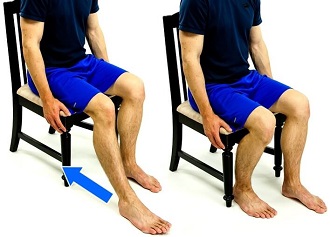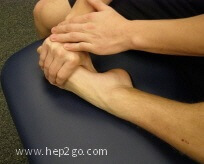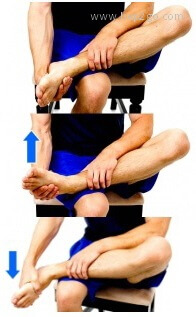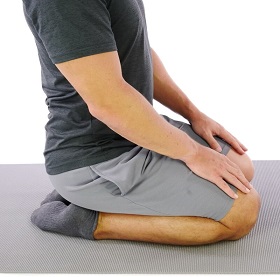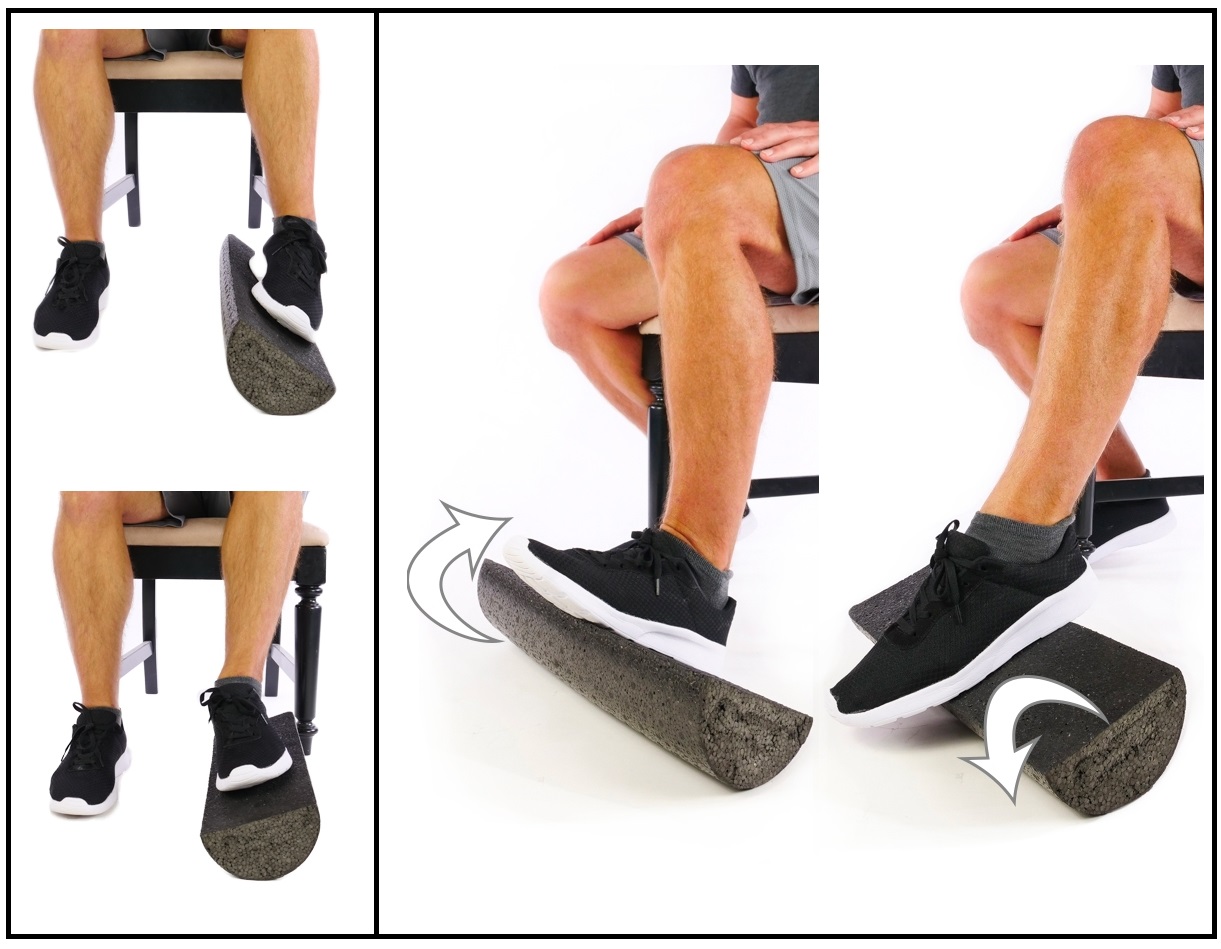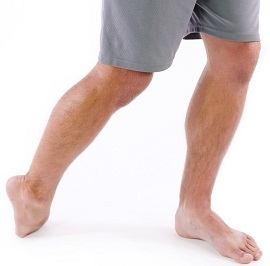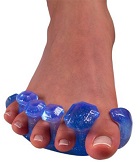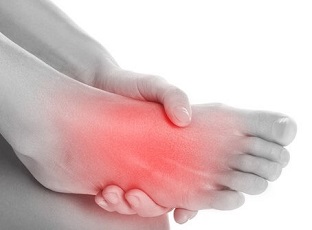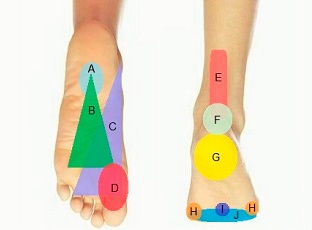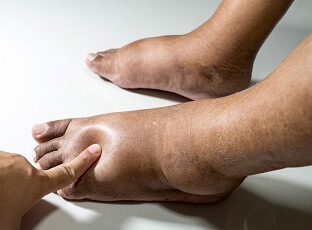- Home
- Foot & Ankle Exercises
- Stretches
Foot & Ankle Stretches
Written By: Chloe Wilson BSc(Hons) Physiotherapy
Reviewed By: FPE Medical Review Board
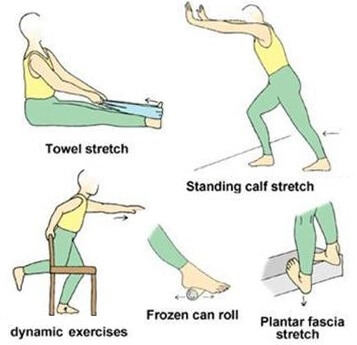
Foot and ankle stretches are an important part of any foot rehab programme.
Tightness in the foot, ankle and calf leads to subtle changes in foot position and how forces are transferred through the foot which can lead to a whole host of foot problems.
In order to stretch the foot properly to regain full, pain-free mobility in the calf, ankle, foot and toes it is important to stretch both the muscles and the joints.
Here, we will look at some of the best foot and ankle stretches which can be used to both help treat and prevent foot problems. They target both the muscles and the joints to help you regain full movement and flexibility.
Best Ankle Stretches
Here we will look at some ankle stretches to improve the mobility and movement around the ankle joint.
1. Heel Slides
Heel slides are a great place to start with foot and ankle stretches and are suitable for pretty much anyone. They help to improve joint mobility and stretch the muscles.
- Sit with your toes pointing forwards and your heel on the floor
- Slide the heel backwards, keeping the foot flat on the floor
- Hold for a few seconds and repeat 20-30 times, 2-3x daily
To make this ankle stretch easier, you can reduce friction by placing a tray or plastic bag underneath your foot.
If you want to increase the stretch further:
- Hook your other leg over your shin and gently push the leg backwards
- Once you have slid your foot as far back as you can, keep it still while you slide your bottom forwards in the chair
2. Foot Pulls
Foot pulls help to stretch the muscles across the front of the ankle and improve plantar flexion at the ankle joint (pointing your toes down).
- Sit with the foot to be stretched crossed over your other leg, or resting on the floor/bed as shown
- Grasp the middle of your foot and slowly pull the foot downwards to stretch the front of the ankl
- Hold for 3-5 seconds and repeat 10-25 times
Top Tip: You can stabilize the foot further by supporting just above the ankle
3. Passive Ankle Stretches
These passive ankle stretches are a great way to improve inversion and eversion, the important twisting movements of the ankle.
- Sit with the leg to be stretch crossed over the other leg. Grasp the outer border of your foot
- To improve inversion: Grasp the outer border of your foot and gently draw the foot upwards and inwards as if trying to turn up the sole of your foot until you feel a stretch down the outer side of your ankle
- To improve eversion: Grasp the inner border of your foot and gently push the foot down and outwards as if turning the sole of the foot towards the floor until you feel a stretch on the inner side of your foot
- Hold for 3-5 seconds and repeat 10-25 times
Top Tip: If only one of these movements is limited, just work on that one, but if the whole ankle is tight and stiff, do both movements.
4. Heel Sit Backs
Heel sit backs are great ankle stretches that help to stretch the front of the ankle and improve plantar flexion.
- Start in a kneeling position with your toes pointed back
- Slowly, sit back onto your heels until the ankle stretches at the front
- Hold for 5-10 seconds and repeat 10-20 times
5. Foam Roller Ankle Stretches
Performing ankle stretches on a foam roller is a great way to improve ankle movement, and also helps to improve stability in the foot and ankle
- Sit in a chair with a half foam roller running forwards in front of you and rest your foot on the roller
- Tilt the roller outwards to stretch down the outer side of the ankle then inwards to stretch the inner side of the ankle
- Repeat 10-20 times each way
- Then turn the roller round 90 degrees so it runs sideways and place your foot back on the roller
- Til the roller forwards to stretch the top of the foot into plantarflexion and then backwards to stretch the bottom of the foot and calf into dorsiflexion
- Repeat 10-20 times in each direction
Top Tip: If you don’t have a half roller, improvise. For example, fix a hard backed book to a wide drinks bottle – just make sure it doesn’t slip away from you as you tilt.
Best Foot & Toe Stretches
So we've looked at the best ankle stretches to improve ankle mobility, now lets move on to some stretches for the foot and the toes, which also help to improve ankle mobility.
1. Standing Foot Plantarflexion Stretch
This is a great stretch to improve ankle and toe plantar flexion movement as it stretches the muscles on the top of the foot and toes and the front of the ankle.
- Stand holding the wall or a counter for balance
- Curl your toes underneath and place the top of your foot on the floor
- Slowly bend the knee and lean forwards until you feel a stretch in the top of your foot/toes
- Hold for 3-5 seconds and repeat 10-25 times
2. Toe Stretches
These are a really simple but effective way to stretch the toe joints and muscles. These toe stretches can be modified and used for stretching any of the toes. You can do all the toes at the same time or to be more effective, stretch one at a time.
- Cross the foot to be stretched on top of the opposite knee
- Stabilise the foot by grasping the middle of the foot and take hold of the toe to be stretched
- Gently push the toe down as shown until you feel a stretch on top of the toe. Then, draw the toe backwards until a stretch is felt in the bottom of your toe/foot. Alternate moving the toe up and down
- Then draw the toe out to the side as far as comfortable
- Hold each movement for a couple of seconds and repeat 20-30 times
Top Tip: You can isolate the movement to different joints in each toe by either pushing through the tip of the toe or further up the toe, just below the knuckle
3. Toe Stretchers
Whilst this is not an actual exercise, it is certainly worth mentioning here. Wearing Toe Stretchers, such as the Yoga Toe, are one of the best ways to stretch the toes. They can make a real difference to a whole host of foot problems such as plantar fasciitis, bunions and foot corns.
They are really comfy to wear and help to stretch out the toe and foot joints and muscles really well. They can make all the difference to sore, tired feet alongside ankle stretches. Find out more about them in the Toe Stretchers section
What Else Can Help?
These are a selection of ankle stretches to get you going. It would also be worth visiting the heel stretches section for exercises to help you stretch out the sole of the foot and calf regions. Always do your ankle stretches before exercising and if your foot pain is worst first thing in the morning, stretching before you get out of bed can make a big difference.
With most foot problems, ankle stretches should also be accompanied by strengthening exercises – find out more about how to improve the strength, stability and balance of the foot in the foot.
If you aren’t sure what is causing your foot pain, visit the foot pain diagnosis section for help working out what the problem is and what you can do about it.
Related Articles
Page Last Updated: 09/29/22
Next Review Due: 09/29/24
